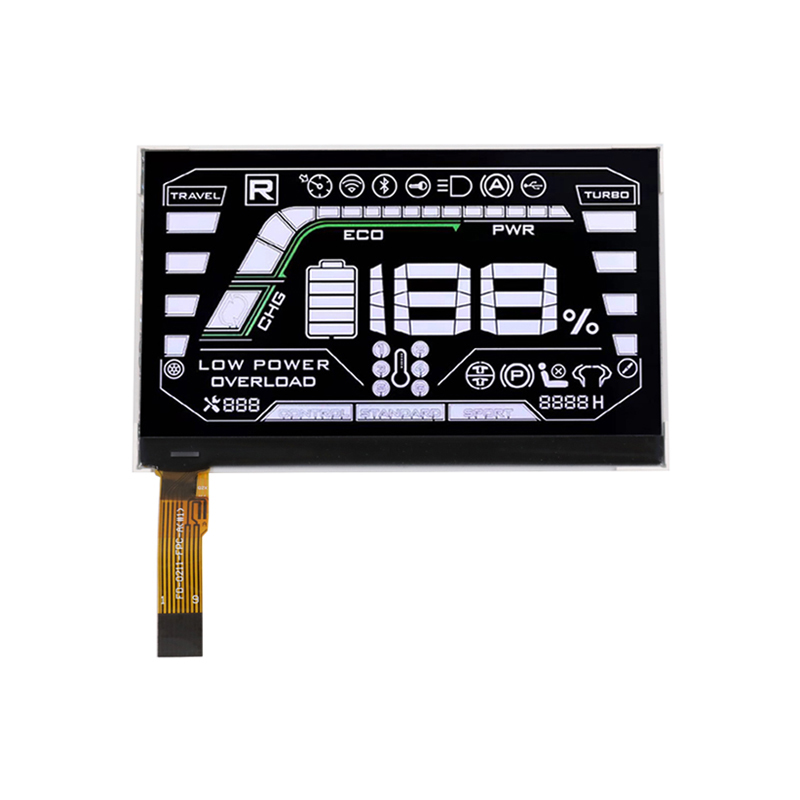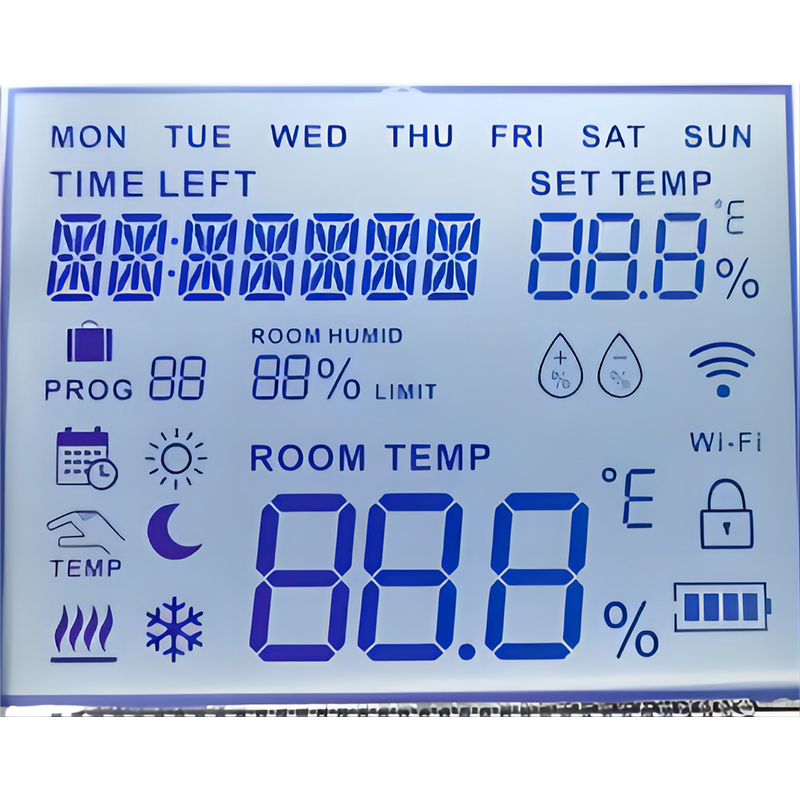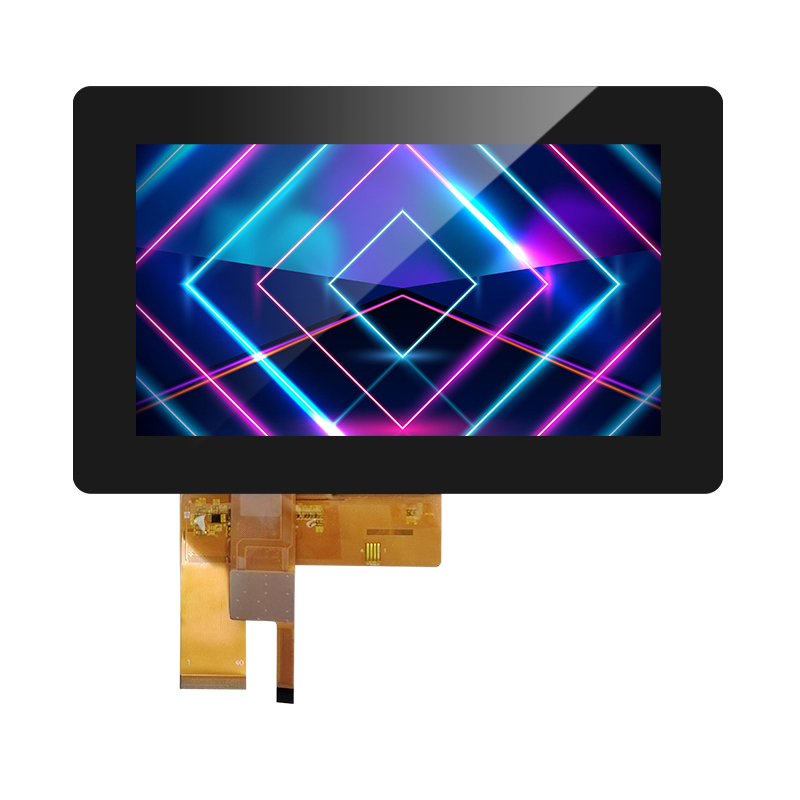
This comprehensive guide explores the world of color OLED displays, delving into their technology, applications, advantages, and disadvantages. We'll cover everything from the fundamental principles behind color OLED displays to factors to consider when selecting the best display for your specific needs. Learn how these displays work, what makes them unique, and how to choose the optimal option for your project.
Color OLED displays (Organic Light-Emitting Diodes) are self-emissive displays, meaning each pixel generates its own light. This differs from LCD technology, which requires a backlight. This inherent characteristic gives color OLED displays superior contrast ratios, deeper blacks, and more vibrant colors. The organic compounds used in OLEDs emit light when an electric current is applied, creating the images we see. The color aspect refers to the use of red, green, and blue (RGB) sub-pixels to create a full spectrum of colors. The precise arrangement and control of these sub-pixels determine the image quality and color accuracy.
One of the most significant advantages of color OLED displays is their exceptional image quality. The self-emissive nature of OLEDs leads to:
Color OLED displays are known for their slim profiles and lightweight nature. This makes them ideal for portable devices like smartphones and laptops, as well as for larger displays where space and weight are important considerations.
While technology has improved significantly, color OLED displays are still susceptible to burn-in, a phenomenon where static images leave a permanent mark on the screen. Image retention, a temporary version of burn-in, is also possible. However, modern displays incorporate various mechanisms to mitigate these issues. Using screen savers and avoiding prolonged display of static content are recommended best practices.
Generally, color OLED displays are more expensive to manufacture than LCDs, resulting in a higher price point for consumers.
Color OLED displays find applications across a variety of industries and devices, including:
Selecting the appropriate color OLED display depends on several factors, including:
For high-quality, custom color OLED displays, consider exploring the options available at Dalian Eastern Display Co., Ltd.. They offer a wide range of displays to meet diverse needs and specifications. Their expertise in the field ensures high-quality products and reliable performance.
| Feature | OLED | LCD |
|---|---|---|
| Black Levels | True Black | Dark Gray |
| Contrast Ratio | Infinite | 1000::1 |
| Response Time | Faster | Slower |
Remember to thoroughly research and compare different color OLED display options before making a purchase. Understanding the specifications and features will help you find the perfect display for your application.












